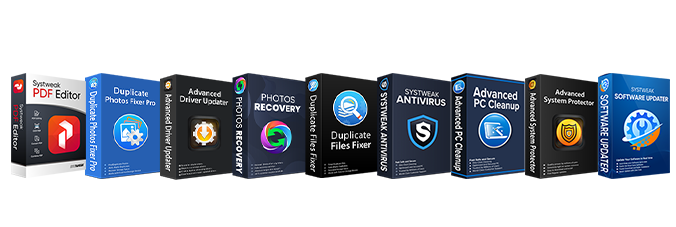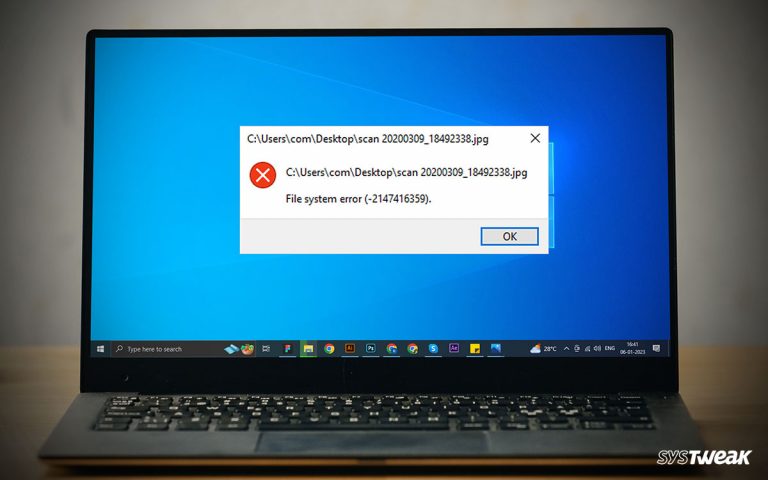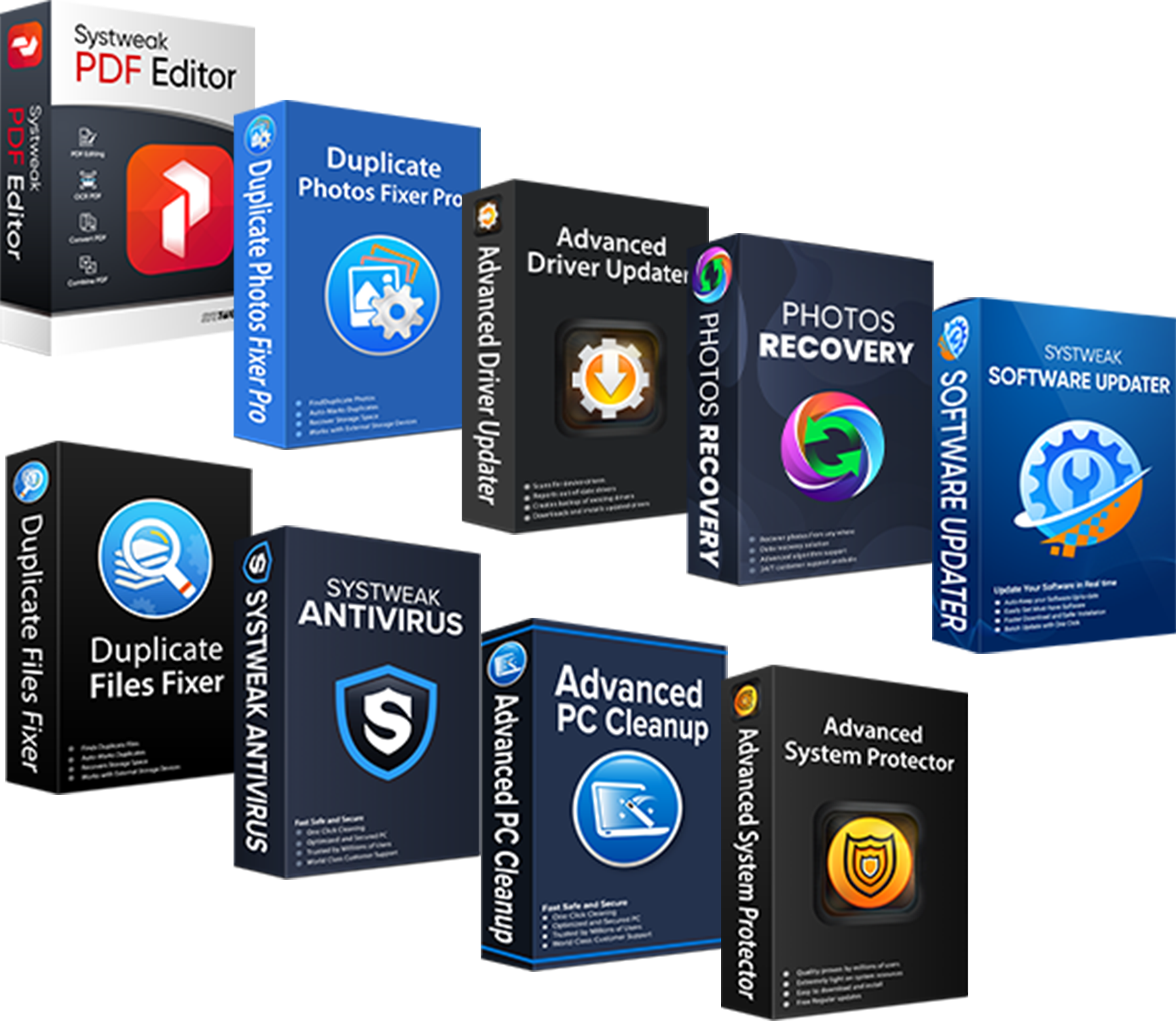The Delete key moves deleted data to Recycle Bin, and the Shift+Del key combinations permanently remove data, right? How can data recovery software restore deleted data? You’ll need a third-party tool if you’re looking for a way to delete data permanently. Here we explain how you can use Secure Delete to delete data permanently.
50% OFF

BLACK FRIDAY OFFERS
Unlock Black Friday Mega Savings — Systweak Tools FLAT 50% OFF!
Why Should you Permanently Delete Files?
After emptying the Recycle Bin, deleted data like documents, photos, audio, and other file types have a habit of staying on the PC. To permanently delete files that contain sensitive information, free up space, and boost PC performance, you should securely wipe files.
How To Delete Files on Your Computer Securely?
Method 1 – Using PowerShell Command to Delete Files Securely
If you have technical knowledge, you can use Command Prompt or PowerShell to delete files securely. Here’s how to use Powershell to delete files. Remember, you can run the same command in the elevated Command Prompt window.
- Press Windows + X and select Windows PowerShell (Admin).

- Type Remove-Item -path c:\[Filename] -recurse and press Enter. Replace the path with the location where the folder is saved. Likewise, enter the filename of the file you want to delete. This will permanently delete the folder.

- Restart the PC to save changes.
Must Read: How To Perform Automatic PC Cleaning?
Method 2 – Permanently Delete Data Using Secure Delete
Secure Delete, as the name explains, is a tool that allows you to delete data securely. It comes as one of the modules in the Advanced System Optimizer. To use it, you will need to install the best PC optimization software and follow the instructions below:
- Download and install Advanced System Optimizer
- Run Advanced System Optimizer.
- Click Security & Privacy > double-click Secure Delete to launch the window.

- Add files to delete by clicking the Select Files button.

- Next, using the “Add File” or “Add Folder,” select the files and folders you want to delete permanently.
- Select the wiping method by clicking the Change option, as shown in the screenshot below:

- You will get three options to select from:

- Fast Secure Delete – This method uses Single Pass, meaning the data is overwritten only once. This means the data can be recovered using a powerful recovery tool.
- Random fill data streams – This method uses three passes to overwrite data over the earlier option.
- Secure Delete – Out of the two, this one is the securest option, leaving no chances of retrieving data. Secure Delete overwrites data seven times by random digits) & is the safest mode.
- After selecting the wiping method, click “Continue” to start the process.
- Select the items you wish to delete and securely click the “Next” button.

- Enter the confirmation code in the box to start the process and hit Next.

- Type “YES” to give confirmation and proceed.
- Wait for the process to finish. When done, you will get a summary of the process.

Tip : Use the Wipe More Files button to add more files.
This is how using Secure Delete, the data shredding tool; you can permanently delete data.:
Conclusion
Deleting a file doesn’t mean it is lost forever. Unless the data is overwritten, there are chances of data recovery. Therefore, if you want to be sure that the deleted data remains erased, you need to use a file shredding tool.
This will ensure that the deleted data remains deleted. You can either use the PowerShell command or can use Secure Delete. If you are a beginner using Secure Delete is your best bet. We hope you like the information we’ve shared. Please share your feedback in the comments section.
Recommended-
How to Deep Clean a PC the Right Way?
How To Wipe Hard Drive Completely?





